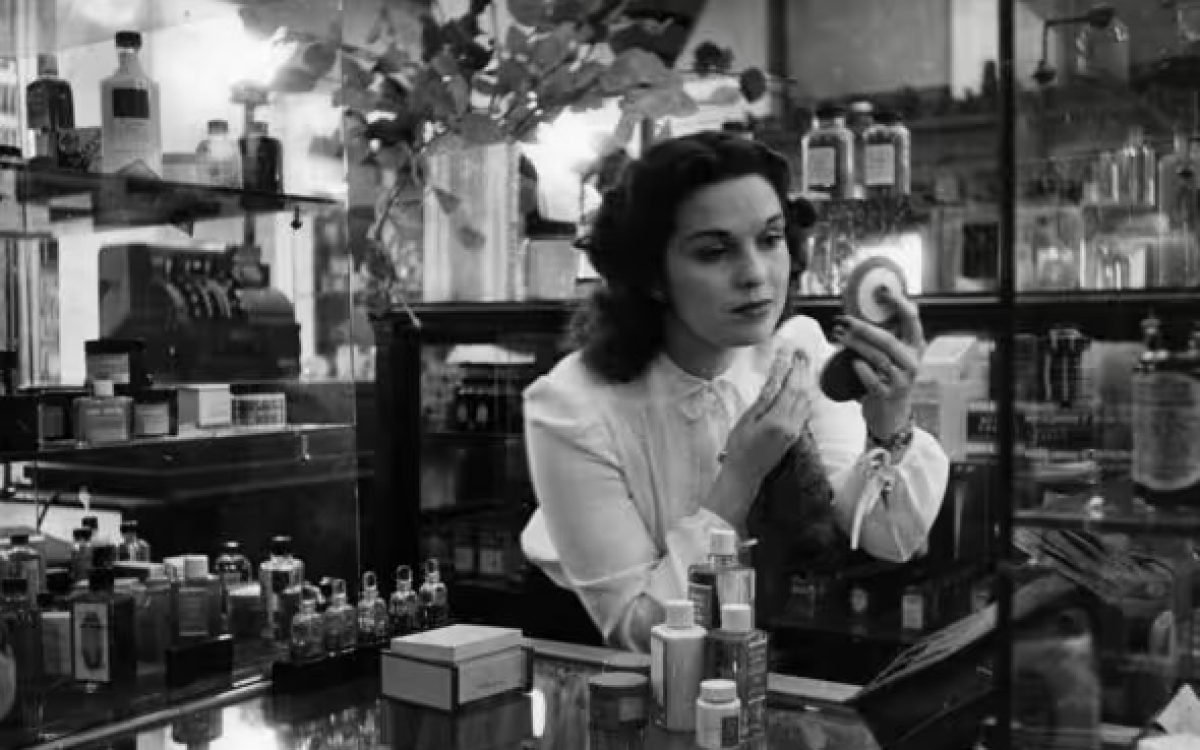In a world flooded with beauty serums, collagen powders, and anti-aging promises, it’s easy to spend a small fortune chasing youthful skin and stronger hair. But according to Dr. Jan Toledano, founder of the London Hormone Clinic, many women might be looking in the wrong direction. While over-the-counter supplements and creams may offer temporary cosmetic fixes, Dr. Toledano suggests a deeper, more effective solution: Hormone Replacement Therapy (HRT).
Despite its proven benefits, only 14% of women currently use HRT—a surprisingly low number considering its potential to not only slow signs of aging but also protect long-term health. Could the answer to thinning hair, tired skin, and bone weakness lie not in your makeup bag, but in your hormone balance?
Let’s dive deeper into the science and story behind why HRT might be the anti-aging secret more women need to explore.
What Happens to the Body During Menopause?
Menopause marks the end of a woman’s reproductive years, but the hormonal changes that come with it have wide-reaching effects. Estrogen and progesterone—two critical female hormones—start to decline, triggering symptoms such as:
Thinning hair Dry, tired, or sagging skin Reduced skin elasticity and collagen production Mood swings, fatigue, and brain fog Loss of bone density Increased risk of heart disease
While most women are familiar with hot flashes and night sweats, many don’t realize how closely estrogen is tied to the appearance and health of skin, hair, and bones.
Why Collagen Creams and Supplements May Not Be Enough
The beauty market is flooded with collagen-based products, promising youthful, glowing skin. However, Dr. Toledano points out that while some of these may help superficially, they do not address the root cause of menopause-related aging.
Here’s why:
Collagen synthesis in the body depends heavily on estrogen. Without sufficient estrogen, applying collagen externally or consuming it as a supplement has limited long-term effect. Modern body-identical HRT (also known as bioidentical HRT) stimulates natural collagen production, because it restores the hormones that support tissue regeneration and hydration from the inside.
In other words, unless your hormones are balanced, your body can’t make the most of that expensive collagen cream.
What Is Body-Identical HRT?
Body-identical HRT refers to hormone treatments that use compounds chemically identical to those produced by the human body. These include estradiol (estrogen) and micronized progesterone.
Unlike older synthetic forms of HRT, modern body-identical therapies are:
Better tolerated by most women Customizable based on dosage and form (gels, patches, tablets) Closer to the body’s natural hormonal rhythm
These treatments don’t just ease menopausal symptoms—they actually help rebuild and maintain the structures of healthy tissue, particularly in skin, bones, and the cardiovascular system.
Scientifically Proven Benefits of HRT
A growing body of research supports HRT as more than just symptom relief. Here’s what science tells us:
1. Skin Health & Collagen
Estrogen directly boosts collagen production, leading to improved skin thickness, firmness, and elasticity. Women on HRT often report:
Brighter skin tone Fewer wrinkles and fine lines Reduced dryness and sagging
Studies have shown that skin collagen can increase by up to 30% within six months of starting HRT.
2. Hair Growth & Strength
Declining estrogen can shrink hair follicles and slow growth. HRT helps by:
Increasing blood flow to the scalp Balancing hormone levels that trigger hair thinning Promoting healthier, fuller hair over time
3. Bone Density
Osteoporosis is a silent yet serious risk during and after menopause. Estrogen plays a key role in preserving bone mass. HRT:
Slows bone loss Reduces the risk of fractures Supports long-term skeletal health
4. Cardiovascular Protection
Estrogen has a protective effect on heart health. Starting HRT in the early years of menopause can:
Improve cholesterol levels Reduce arterial stiffness Lower the risk of heart disease in some women
Addressing the Fear Factor
Despite the clear benefits, many women hesitate to try HRT due to outdated fears. In the early 2000s, studies raised concerns about links between HRT and certain cancers. However, more recent reviews have clarified these risks:
Low-dose, short-term use carries minimal risks for healthy women. Body-identical hormones may be safer than older synthetic versions. Risk profiles vary, and treatment should always be tailored to the individual by a trained doctor.
Dr. Toledano stresses that medical supervision and personalization are key to making HRT both safe and effective.
HRT Isn’t Just for “Old Women”
One common misconception is that HRT is only for women well past menopause. In reality, many women begin experiencing perimenopausal symptoms—like poor sleep, anxiety, dry skin, and fatigue—as early as their late 30s or early 40s.
Early, well-monitored hormone therapy can offer:
Preventative aging support Stabilized mood and energy Long-term protection of vital tissues
In Dr. Toledano’s experience, when symptoms appear but blood tests look “normal,” it’s often because hormone levels are declining, just not to clinical extremes yet. Acting early allows women to preserve health and beauty, not just treat symptoms later.
The Bottom Line: Rethink Where You’re Investing
If you’re spending hundreds on skincare, supplements, or salon treatments to fight the effects of aging—yet you’re ignoring your hormones—you may be missing the most powerful tool of all.
HRT isn’t about vanity. It’s about vitality.
It supports your skin, hair, bones, heart, and mental health. And with modern, body-identical options available, it’s safer and more accessible than ever.
Before you load up on another basket of beauty products, ask yourself:
Is it time to start working from the inside out?
Always consult a healthcare professional before beginning or changing hormone therapy. This article is intended for informational purposes only.






